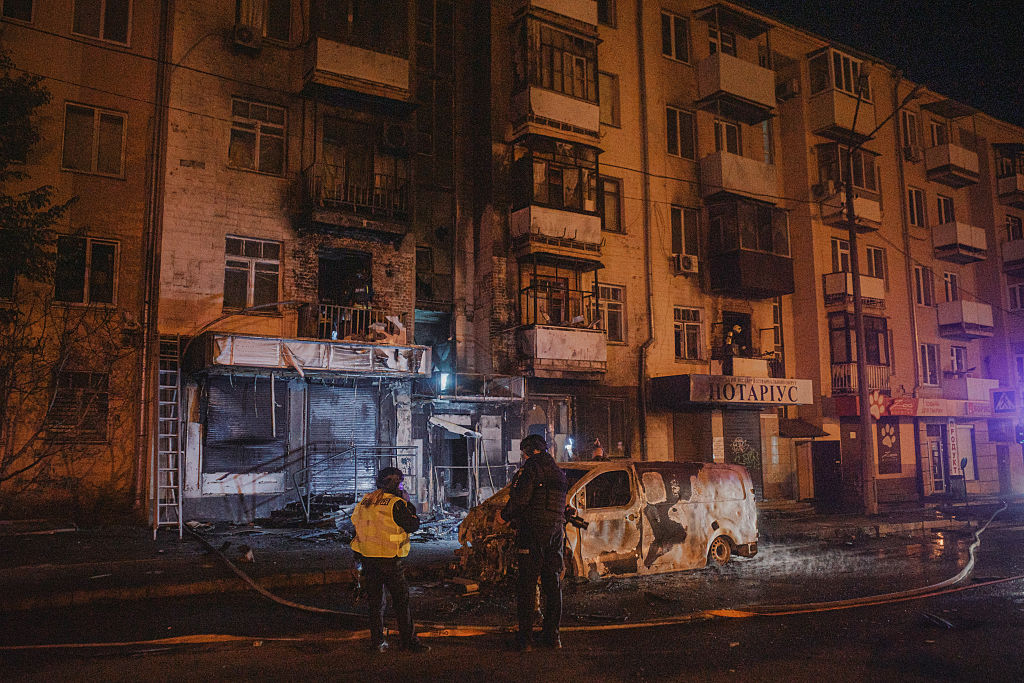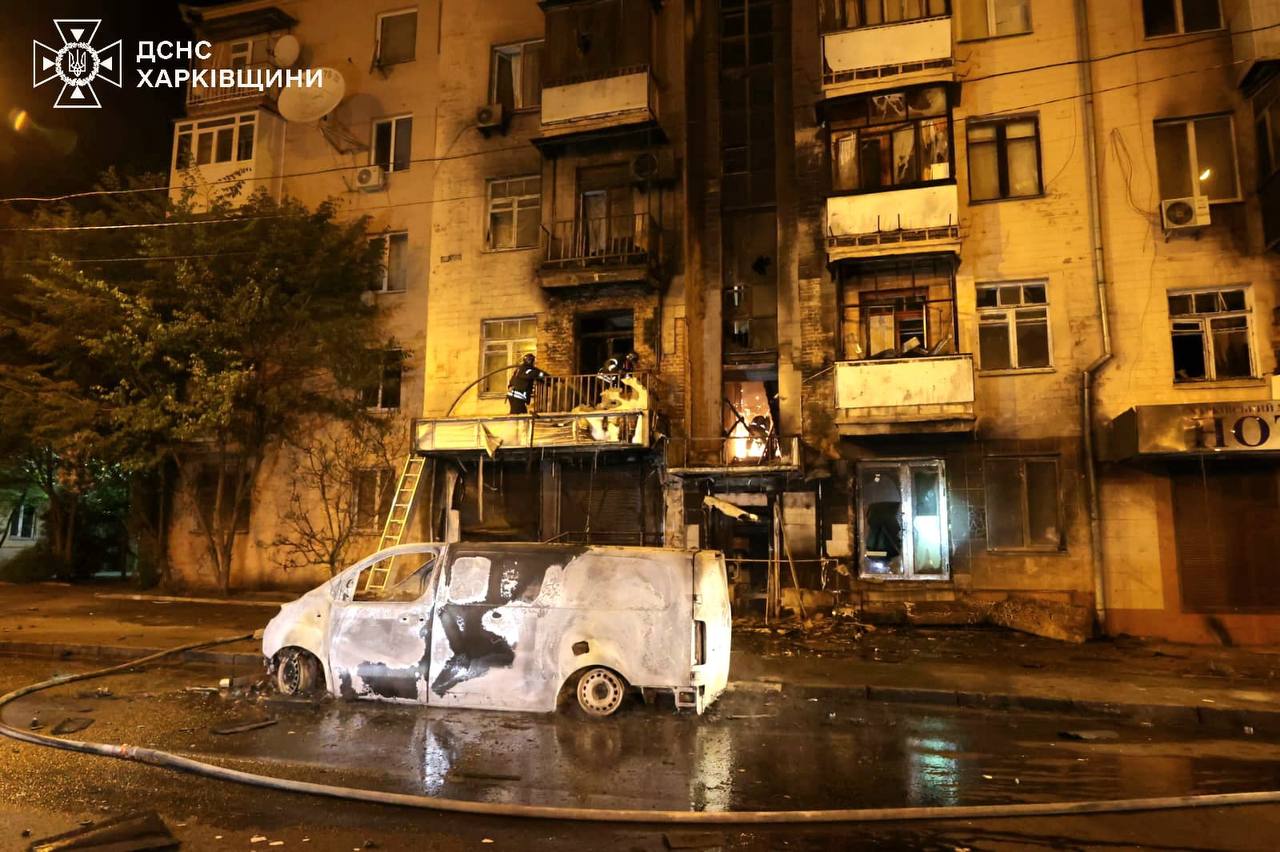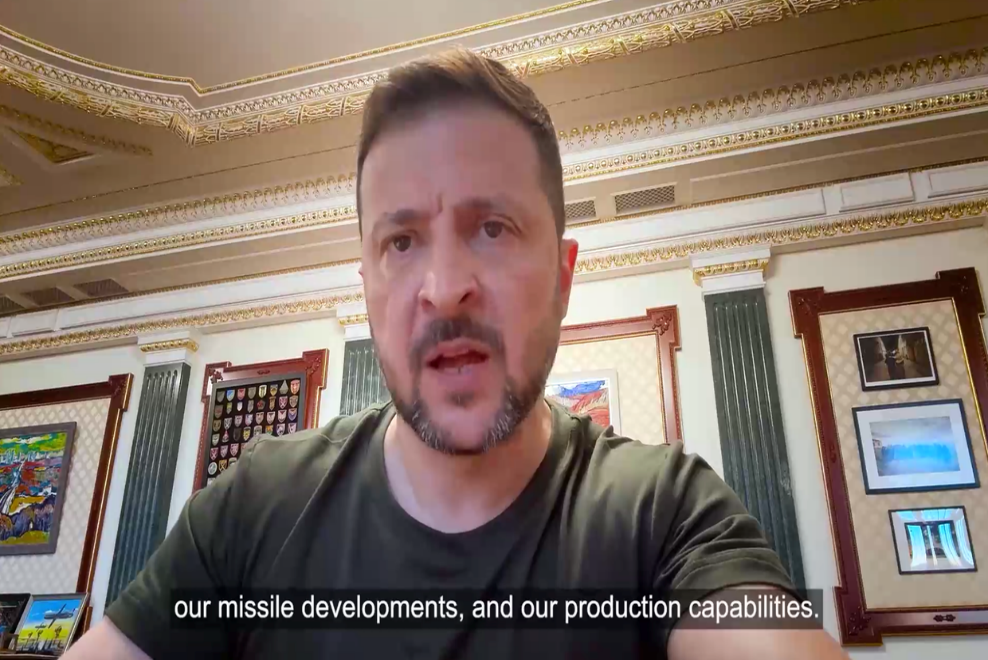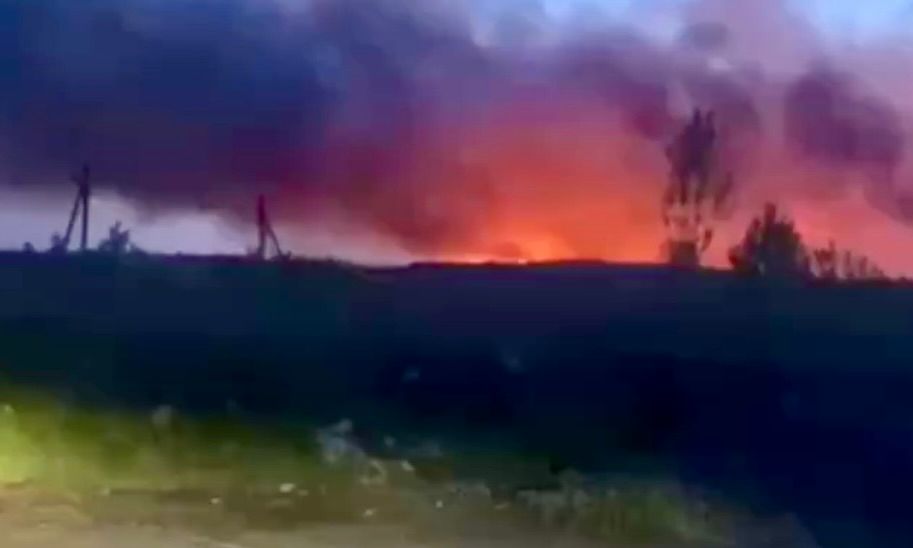Russian Forces Sustain High Casualties for Diminishing Returns as U.S. Steps Back from Mediation While Approving New Defense Exports to Ukraine
Summary of the Day – May 2, 2025
On May 2, 2025, the stark arithmetic of Russia’s war effort in Ukraine came into focus as the Institute for the Study of War released an assessment showing Russian forces are suffering 99 casualties for every square kilometer gained—a significant increase from late 2024. This grim calculation emerged as Russian forces advanced near Toretsk and in western Zaporizhia Oblast. Meanwhile, the diplomatic landscape shifted as the U.S. State Department approved up to $310.5 million in F-16 training and support services for Ukraine while preparing potential new sanctions against Russia. The day was marked by intense aerial warfare, with Russian drone strikes on Kharkiv injuring at least 47 civilians, while Ukrainian forces reportedly conducted a massive drone attack on Russian military installations in occupied Crimea.

Crews examine a burned car as firefighters continue their work in a damaged building after Russian massive drone strike on Kharkivon. (George Ivanchenko / Anadolu via Getty Images)
The High Cost of Slow Gains: ISW Assessment Reveals Russian Strategic Dilemma
According to a May 2 report from the Institute for the Study of War, Russian forces gained a total of 1,627 square kilometers in Ukraine and Kursk Oblast over the January-April 2025 period, suffering approximately 160,600 casualties in the process. This translates to an average of 99 casualties for every square kilometer taken—a significantly higher cost than during the September-December 2024 period, when Russian forces sustained an average of 59 casualties per square kilometer gained.
The ISW assessment indicates that Russian gains have been 45% slower in early 2025 compared to late 2024, while casualty rates decreased by only 10%. This suggests the Russian military command is accepting diminishing returns, likely reflecting Putin’s determination to generate pressure on Ukraine through continued battlefield momentum despite the mounting human cost.
Quantity Over Quality: Russia’s Manpower Strategy Shows Strategic Limitations
The May 2 analysis reveals that Russia has sustained its casualty-heavy operations by rapidly deploying poorly trained troops to frontline units. These new Russian recruits reportedly receive only one month of training before deployment, severely constraining their combat capabilities and Russia’s ability to conduct complex operations.
Military analysts noted on May 2 that the Russian military lacks a reserve pool of well-trained troops not currently engaged in combat, creating a fundamental weakness in Russia’s force generation system. By prioritizing the funneling of poorly trained troops directly into combat to sustain offensive momentum, Russian commanders are undermining their ability to create the skilled reserves necessary for more sophisticated operations.
Russian Forces Make Limited Advances Near Toretsk and Western Zaporizhia
Russian forces achieved confirmed advances in the Toretsk direction on May 2, continuing an intensified effort to advance along the T-0504 Pokrovsk-Kostyantynivka highway. Geolocated footage published on May 1 but confirmed on May 2 showed that Russian forces had advanced into Novoolenivka, southwest of Toretsk. Russian military bloggers claimed that elements of the Russian 33rd Motorized Rifle Regiment with motorcycle support participated in this advance and seized half of the settlement.
This advance appears part of a Russian strategy to eliminate the Ukrainian salient southwest of Toretsk. The Russian forces’ advance into Novoolenivka will help them advance further along the T-0504 highway, potentially forcing Ukrainian troops to withdraw from the pocket under threat of encirclement if Russian forces can make further advances from Novoolenivka and Sukha Balka.
In southern Ukraine, recent advances in western Zaporizhia Oblast were confirmed on May 2, with Russian forces having made marginal advances northeast of Mali Shcherbaky, west of Orikhiv. This represents one of the few confirmed Russian advances in this sector in recent weeks.
F-16 Support Package: U.S. State Department Approves $310.5 Million for Ukraine
The U.S. State Department approved up to $310.5 million in F-16 training and support services for Ukraine on May 2. The Defense Security Cooperation Agency confirmed the decision, noting that Ukraine had requested “equipment and services in support of its F-16 aircraft.”
The approved package includes aircraft modifications and upgrades, personnel training related to operation and maintenance, spare parts, and other critical support services. According to the State Department, this sale will improve “Ukraine’s capability to meet current and future threats by ensuring its pilots are effectively trained” and contribute to the “overall modernization of Ukraine’s air force.”
The decision still requires Congressional approval, with the Senate Foreign Relations Committee currently considering the proposal. This development follows earlier reports that the U.S. Air Force has transferred decommissioned F-16 fighter jets to Ukraine to supply spare parts for aircraft already donated by European partners.
Drone War Intensifies: Russian Strikes on Kharkiv Wound Dozens
Russian forces launched a devastating drone attack on Ukraine’s northeastern city of Kharkiv on May 2, injuring at least 47 people according to local authorities. The attack targeted 12 locations across four districts of the city, damaging residential buildings, shops, and vehicles. Kharkiv Mayor Ihor Terekhov confirmed strikes hit the Kyivskyi, Osnovianskyi, Slobidskyi, and Saltivskyi districts, while oblast governor Oleh Syniehubov reported that several structures caught fire.

A van is destroyed and a residential building is damaged as emergency services respond to a fire in the aftermath of a Russian drone attack in Kharkiv overnight.
First responders were dispatched to the sites, with at least eight people requiring hospitalization. Ukrainian President Volodymyr Zelensky condemned the attack, stating: “There were not and could not be any military targets. Russia is hitting residential buildings at the very time when Ukrainians are at home, when they are putting their children to bed.”

President Volodymyr Zelensky delivers an address. (Photo: Presidential Office)
Ukraine Targets Crimean Military Infrastructure in Massive Drone Attack
Ukrainian forces conducted a large-scale drone attack targeting Russian military installations in occupied Crimea on May 2, according to Russian authorities and pro-Ukrainian sources. Russian officials claimed to have intercepted 89 Ukrainian drones over occupied Crimea and another 23 over the waters of the Black Sea.
The pro-Ukrainian Crimean Wind Telegram channel reported explosions at several key Russian military airfields, including Sevastopol, Dzhankoy, Saky, Novofedorivka, and Kacha. These sites are reportedly used by Russia to control airspace over the Black Sea and to launch strikes on Ukrainian territory. Videos published by Crimean Wind showed multiple explosions and a fire near the village of Uhlove, close to the Kacha airfield.

Smoke rises over the site of a reported attack near the village of Uhlove, near the Kacha airfield, Crimea. (Crimean Wind / Telegram)
Mikhail Razvozhayev, the Russian-installed leader in Sevastopol, confirmed on Telegram that “loud sounds” were caused by Russian forces repelling an attempted drone attack, claiming seven drones had been destroyed over the sea at a significant distance from shore.
Escalating Economic Warfare: U.S. Prepares New Sanctions as Euroclear Plans to Redistribute Russian Assets
U.S. government officials have prepared a new sanctions package against Russia, Reuters reported on May 2. The sanctions target Russia’s energy sector, including state-owned energy giant Gazprom, as well as major entities in the natural resources and banking sectors. However, it remains unclear whether President Trump will approve the sanctions.
According to unnamed U.S. officials cited in the report, the U.S. National Security Council “is trying to coordinate some set of more punitive actions against Russia,” but the package “will have to be signed off by Trump.”
Separately, Euroclear, the Belgian financial services giant, announced plans on May 2 to confiscate and redistribute 3 billion euros ($3.4 billion) from frozen Russian funds to compensate Western investors whose assets were seized by Moscow. The payout, drawn from a pool of 10 billion euros ($11.3 billion) in cash frozen under EU sanctions, marks the first instance of direct redistribution of Russian frozen funds to offset Western investor losses.
Russia Implicated in Cyberattack on Azerbaijani Media
In a development highlighting Russia’s cyber warfare activities, Ramid Namazov, head of the Azerbaijani parliament’s commission on countering hybrid threats, stated on May 2 that Russia was behind a February cyberattack on Azerbaijani media. According to Namazov, the attack was carried out by the infamous APT29 group, also known as Cozy Bear, which is widely believed to be linked to Russia’s Foreign Intelligence Service.
Namazov suggested the attack was retaliation for the closure of the Russian House in Baku and the possible shutdown of the Azerbaijani branch of Sputnik radio. This accusation comes amid deteriorating relations between Azerbaijan and Russia following a December 25 plane crash that killed 38 people, which Azerbaijani President Ilham Aliyev has blamed on Russia.
Looking Ahead: Battlefield Pressure Amid Diplomatic Stalemate
As the day drew to a close on May 2, 2025, the strategic picture in Ukraine remained one of grinding attrition with neither side showing signs of breaking. Russia’s continued willingness to accept high casualty rates for limited territorial gains suggests Putin remains committed to a strategy of constant pressure despite diminishing returns. The limited but tangible Russian advances near Toretsk and in western Zaporizhia indicate this strategy is yielding some results, albeit at an enormous human cost.
For Ukraine, the approval of the F-16 support package represents a critical reinforcement of its air capabilities, though the devastating drone attacks on Kharkiv highlight the continued vulnerability of Ukrainian cities to Russian strikes. The reported Ukrainian drone attack on Russian military installations in Crimea demonstrates Kyiv’s determination to strike back at Russia’s power projection capabilities.
As both sides adjust to the apparent U.S. step-back from intensive mediation, the economic dimension of the conflict continues to evolve, with potential new sanctions and asset redistributions adding another layer of pressure on Moscow. Yet with Russian forces continuing their grinding advance and no breakthrough in diplomatic efforts, the war’s end remains elusive as both sides recalculate their positions in this new phase of the conflict.
